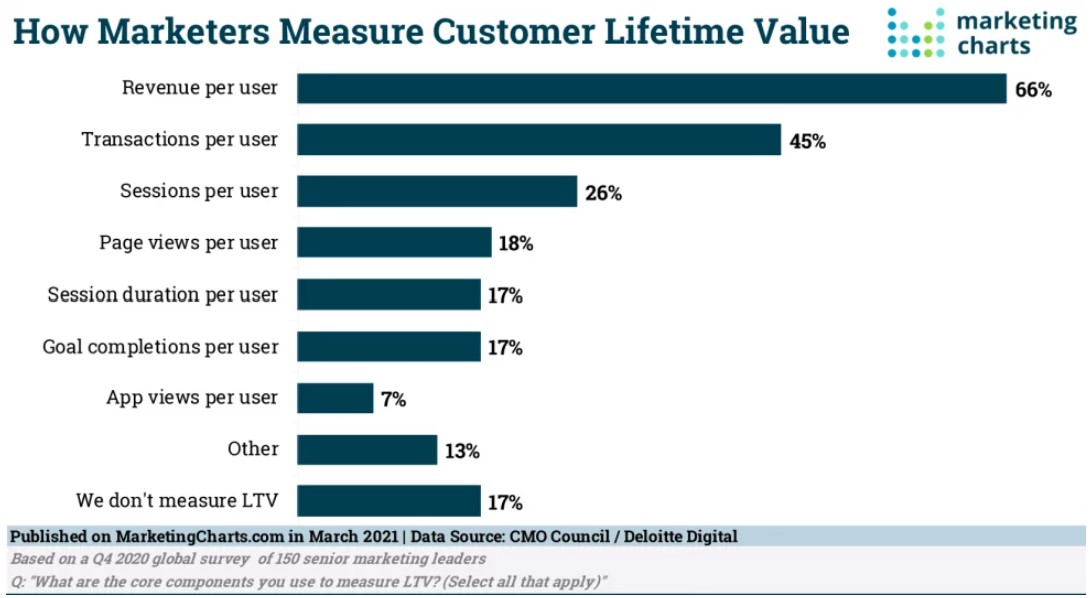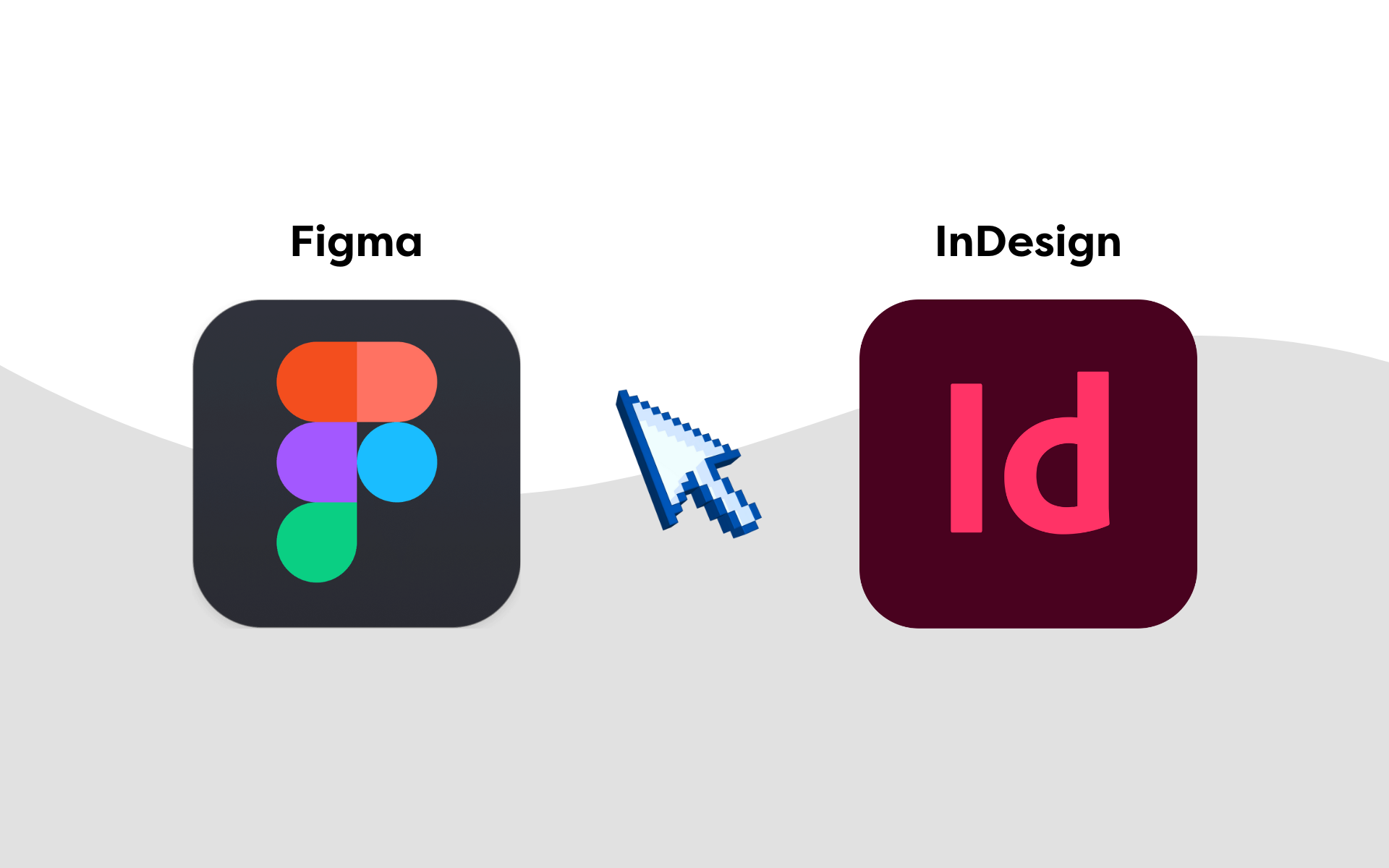We all want customers to convert. This is why we create great campaigns to raise awareness and get them to the checkout. However, a lot of focus still gets put on attracting new customers rather than retaining those who are already engaged and have purchased, meaning customer lifetime value remains low.
What is customer lifetime value?
Customer lifetime value (CLV) is the total worth of a customer to a business. It takes into account that first purchase but also every purchase after that, providing a greater return on the initial investment it took to guide them to purchase.
With customer retention costing less than new customer acquisition, putting some focus on CLV can be hugely beneficial. Increasing the value of your existing customers can help you drive growth while also turning those customers into brand advocates.
How can customer lifetime value help businesses?
Looking at customer lifetime value can help you to demonstrate how your marketing activity is likely to have future value, as well as immediate returns. This means that you can shape marketing spend around optimising acquisition to deliver the best value rather than the lowest cost.
Assessing this future value allows you to look at investment based on long-term profits rather than short-term gains, which enables you to build a more efficient strategy across all customer segments and types. After all, not all customers are equal – some will only purchase once and others will bring in a lot of revenue.
Customer lifetime value can help you see which customers are worth your focus and investment and allow you to better plan your marketing budget.
Why should you calculate and track customer lifetime value?
When you consider the fact that, on average, 80% of your company’s future revenue will come from only 20% of your customers (Gartner), it makes sense to calculate CLV.
Customer lifetime value gives you a strong indication of customer retention, which is important as selling to repeat customers is more profitable than acquiring new customers. According to Marketing Metrics, you have a 60%-70% of successfully selling to an existing customer compared to the 5%-20% there is of selling to a new customer.
This alone is a good enough reason to start calculating and tracking CLV. However, you also have to understand that not all existing customers are the same. Some will represent higher revenue while others might cost more to bring back for a return purchase.
Getting to grips with your overall average CLV, as well as the lifetime value of different segments, will allow you to plan customer retention strategies and budgets more effectively. It will also enable you to better split your marketing budget between acquisition and retention based on which will deliver the best ROI.
More than this, it can provide insights into the success of your current customer retention activities. After all, if your customer lifetime value is low, it shows that your strategy is not working and you are not keeping existing customers engaged with your brand, products or services.
How do you calculate customer lifetime value?
There are a few different ways that you can measure customer lifetime value, so the option you go for should take into account the resources and data you have access to. Once you have chosen the way you’re going to measure CLV, you need to stick with it to ensure that all future calculations follow the same formula.

- Transactions per user
- Sessions per user
- Pageviews per user
- Session duration per user
- Goal completions per user
- App views per user
- Average order value
For all of these, you’ll need to take into account the average customer lifespan, average retention rate, your customer churn rate and the average profit margins per customer. You also need to differentiate between your historic CLV and your predictive CLV.
Historic customer lifetime value
This is probably the simplest way to calculate CLV, as you’re able to look backwards at the data to measure what average customer lifetime value was for a specific period – such as the last year.
The simple formula for calculating historic customer lifetime value is:
Customer Revenue Per Year X Duration of the Relationship in Years
– Total Costs of Acquiring the Customer and Serving Them
= Customer Lifetime Value
It’s important to calculate the total cost of customer acquisition and service in order to get an accurate CLV using this formula. This means the cost needs to include marketing, customer service, etc.
This formula gives you an overall average based on all your customers, but you can look at a more individual basis – either for separate customers or specific segments. This formula can give you a good idea of customers’ lifetime value to date rather than during a specific timeframe:
Transaction #1 + Transaction #2 + All Other Transactions
/ Average Gross Margin
= Customer Lifetime Value
One thing to remember with historic CLV is that you are essentially treating all customers as though they are the same, in that they interact in the same ways with your brand over the same period of time. In reality, this won’t be the case and there are a lot of differences between customers that can affect their lifetime value.
However, working out the CLV for segments can be a more accurate measure of historic CLV – even if it takes a bit more time to calculate.
Predictive customer lifetime value
Predictive CLV is essentially you predicting what actions your customers will take in the future. You do this bu modelling the behaviour of your customers to assess what transactions they are likely to make in the future.
Arguably, this is a better indication of customer lifetime value as it uses past transaction data and previous customer behaviour to assess what CLV is likely to look like in the future. This can help with your budgeting and campaign planning.
There are a few different ways to calculate predictive CLV, but one of the easiest options is this formula:
Average Monthly Transactions X Average Order Value
X Average Gross Margin X Average Customer Lifespan (in months)
= Customer Lifetime Value
This can give you a good indication of what you’re working toward, however, as with all predictions, it isn’t going to be 100% accurate every time. Making alterations based on your industry can make it more accurate as this will be more indicative of your company and product/service.
What do you do with your customer lifetime value?
Once you’ve performed the calculations and have your CLV worked out, what do you do with it? There’s a lot that your CLV can be helpful with from customer segmentation to improved forecasting.
You can also use it to help inform your customer retention programs to get better results and boost customer loyalty. You can do this by changing and improving your operations to boost customer satisfaction, using tools to find out more about your customers and making it easier for customers to self serve on your website.
CLV can also be used to help you recognise your best customers, those who spend the most. You can use this information to influence your promotions, the products you market and to reward loyal customers with exclusive offers or services.
Re-evaluating your CLV will also allow you to assess how successful your marketing campaigns, loyalty programs and service improvements are as well, allowing you to prove ROI for any additional spend you direct toward customer retention.
If you found this blog useful, you might also enjoy reading this post on how to measure the success of your content marketing.







